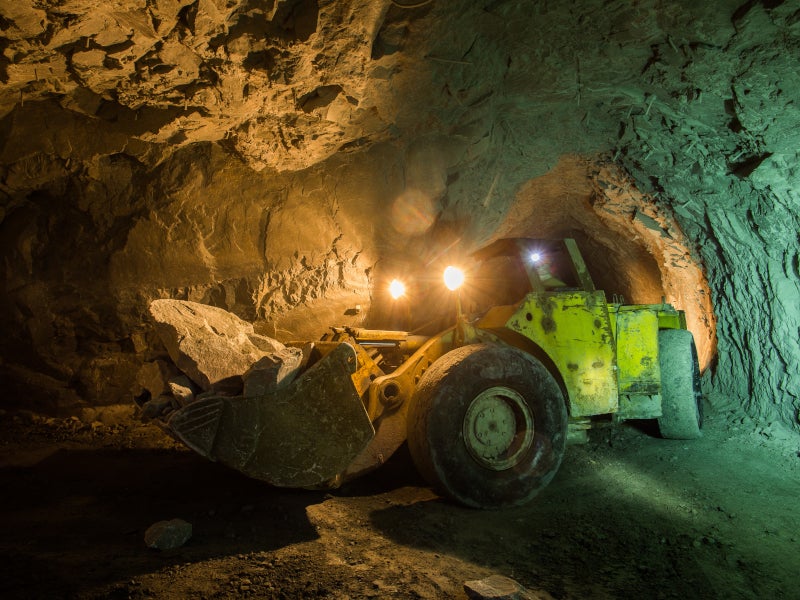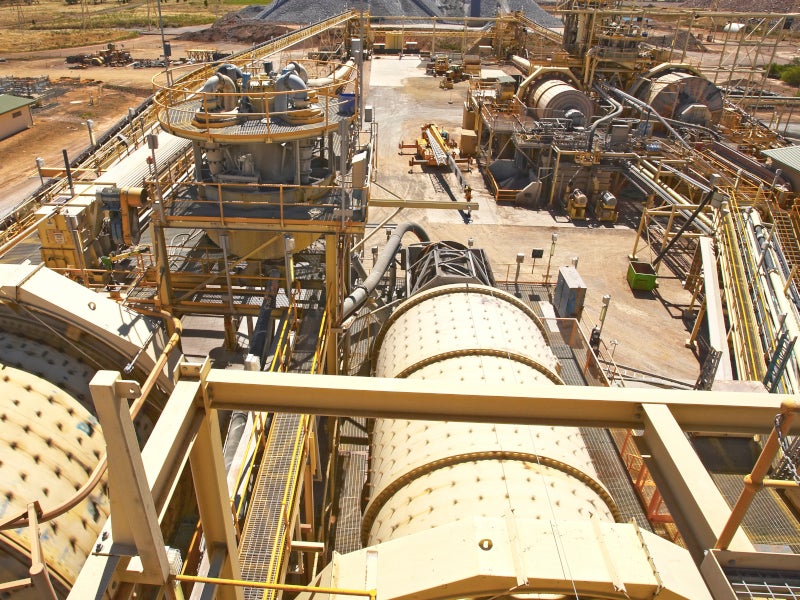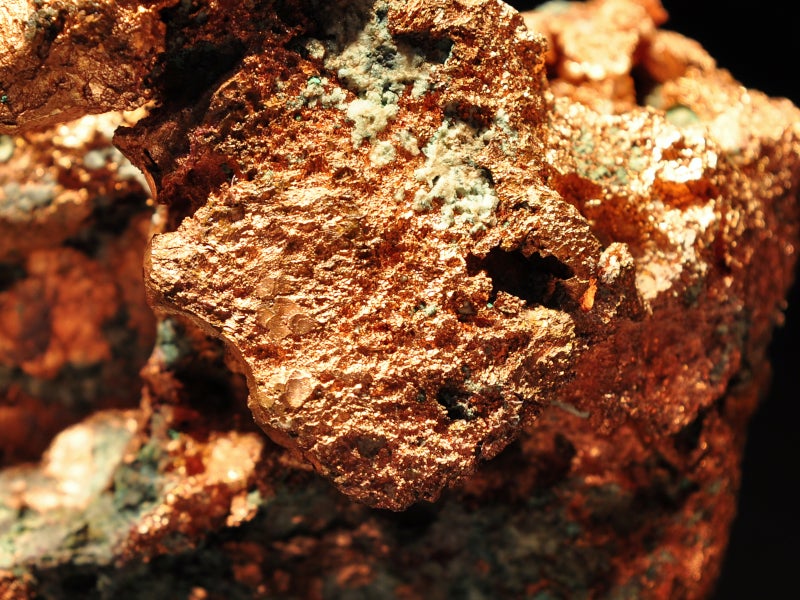The Wafi-Golpu project in the Papua region of New Guinea will be developed as an underground mine.
The Wafi-Golpu joint venture (WGJV), which is a 50:50 partnership between Newcrest Mining and Harmony Gold Mining, is developing the project. Newcrest was acquired by Newmont in November 2023.
The project comprises the Golpu, Nambonga and Wafi deposits. The current developments are focused on the Golpu deposit.
The pre-feasibility study (PFS) for the project was completed in 2016 while an updated feasibility study (FS) was completed in March 2018.
The estimated pre-production investment capital is $2.8bn while the mine life is estimated to be 28 years.
Project location of the Wafi-Golpu project
The Wafi-Golpu project is situated in the Morobe province of Papua New Guinea. It is approximately 65km south-west of the port city of Lae, which is the nearest commercial centre to the project.
Geology and mineralisation of the Wafi-Golpu project
The project geology comprises east to east-southeast-dipping metasedimentary rocks from the Owen Stanley Metamorphic complex, which are overlain by sedimentary rocks and volcanic sequences of the Omaura formation and Langimar beds.
The Golpu deposit’s main mineralisation source is the Hornblende Porphyry. The Glpu deposit extends over 800m north–south by 500m west–east. The dominant copper-gold-bearing sulphides within the deposit vary from an inner bornite (plus chalcopyrite) core, to chalcopyrite as the dominant copper.
Probable reserves at the Wafi-Golpu project
The probable reserve at the Wafi-Golpu project is estimated at 400 million tonnes (mt), grading 0.86g/t gold and 1.2% copper as of June 2020. The total contained gold and copper are estimated at 11 million ounces (moz) and 4.9mt, respectively.
Mining method
The Wafi-Golpu project will be developed as an underground mine using block caving methods with a 200m vertical separation between the caves.
The decline access system for the underground mine will consist of Watut, Nambonga, BC44, BC42, and BC40 decline systems.
The Watut decline will serve as the primary production, workforce, equipment, and maintenance access point. It will consist of two parallel declines and serve as the ventilation and exit portals during the construction and production phases.
The Nambonga decline will serve as the primary ventilation system while also providing early access to the mineralisation before the completion of the Watut decline. Once mining operations commence, Nambonga will be used as an inspection and emergency exit.
All block cave levels will be developed with a layout spacing of 30m x 18m. Each level will be equipped with two gyratory crushers. A total of six collection conveyors will be installed, two per block cave and one for each of the crushers.
Ore will be extracted from the block cave drawpoints by diesel-fuelled load-haul-dump (LHD) vehicles and transferred to the crushers. The crushed ore will be conveyed to the surface via the Watut decline and overland for approximately 600m to a coarse ore stockpile adjacent to the process plant.
Ore processing
The proposed Watut process plant will feature a progressively built, compact copper concentrator. The plant will treat 8.42 million tonnes per annum (mtpa) of ore for the first three years of operation, ramping up to 16.84mtpa from year four.
The processing plant will operate a single semi-autogenous grinding (SAG) mill with two closed-circuit ball mills with classification cyclones.
The ground ore will be introduced to a copper rougher-cleaner circuit consisting of a Jameson flotation cell before flotation.
The flotation circuit will consist of a copper flotation and pyrite flotation, each with dedicated regrind circuits. The copper flotation circuit includes a rougher flotation bank and three-stage cleaning, as well as a single Jameson cleaner scalper cell and a scavenger bank.
Concentrate from the first copper rougher cleaner will gravitate to the Jameson rougher-cleaner flotation cell and be pumped directly to the final concentrate thickener. The concentrate from the flotation cleaner cells will join the Jameson cell concentrates, making up the final concentrate.
The final concentrate will be mixed with flocculant pumped to a concentrate thickener. The settled copper concentrate solids will be collected and pumped into three mechanically agitated concentrate storage tanks.
The concentrate will be pressure-filtered to produce a final filter cake product with a target moisture content of 9.5% by mass.
Site infrastructure
For the operations phase, the WGJV proposes to construct and operate a power generation facility using reciprocating engines. The first stage will consist of nine 10MW generators to meet the initial power demand of 56MW. The second stage will add five 10MW units to accommodate the peak power demand of approximately 100MW.
The water requirements for the project will be supplemented with water produced during construction, and treated water and runoff water from the process plant and stockpile areas. Additional water will be sourced from the lower Watut River.
Accommodation is currently available at the existing Wafi and Finchif facilities. The Wafi facility has a capacity of 250 people while the Finchif facility will be expanded to accommodate up to 1,000 people. A third accommodation facility called Fere, with a capacity of 1,400 personnel, will be constructed.
Contractors involved
Australia-based engineering service company Worley conducted the updated feasibility study for the project.






